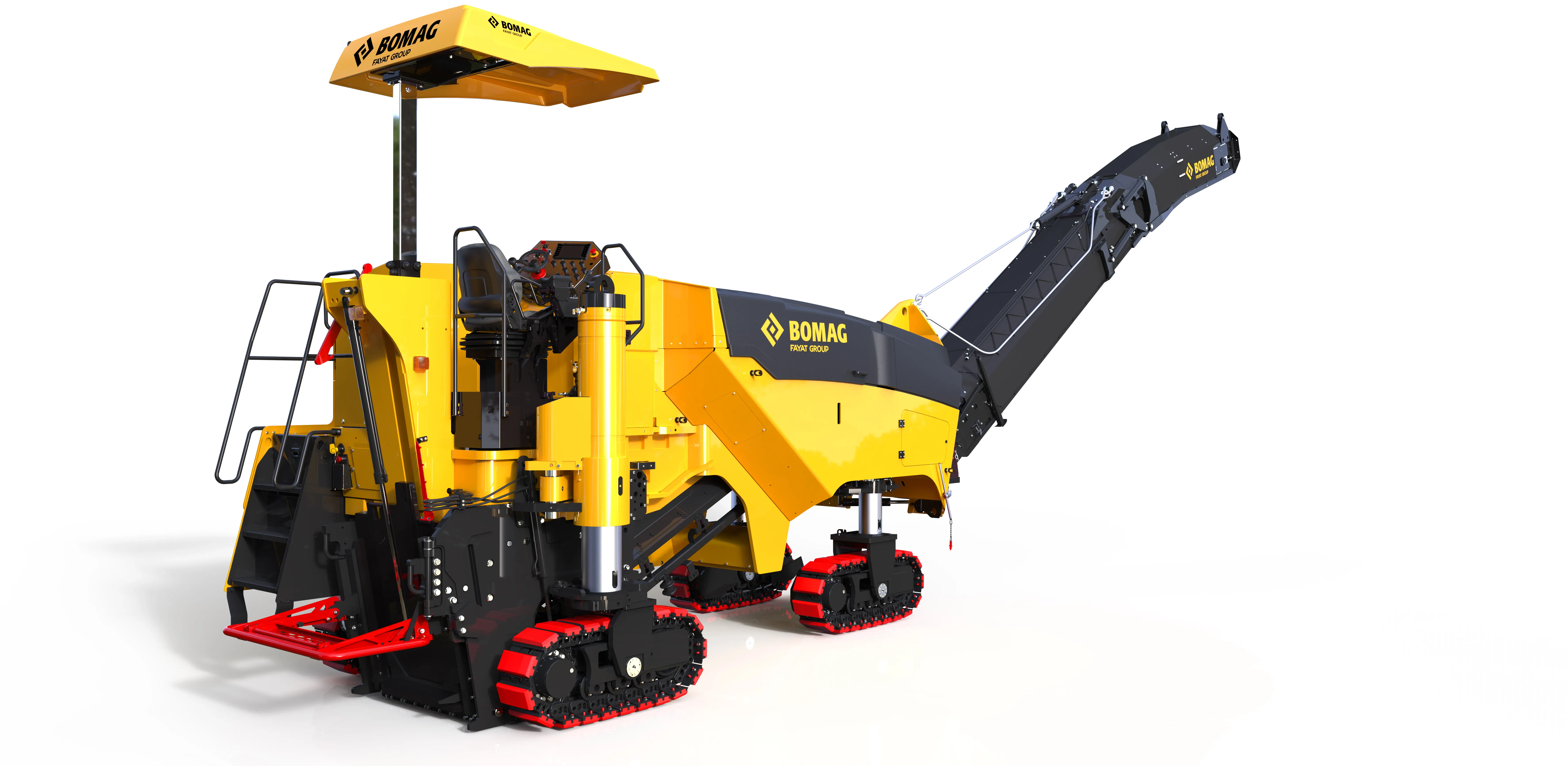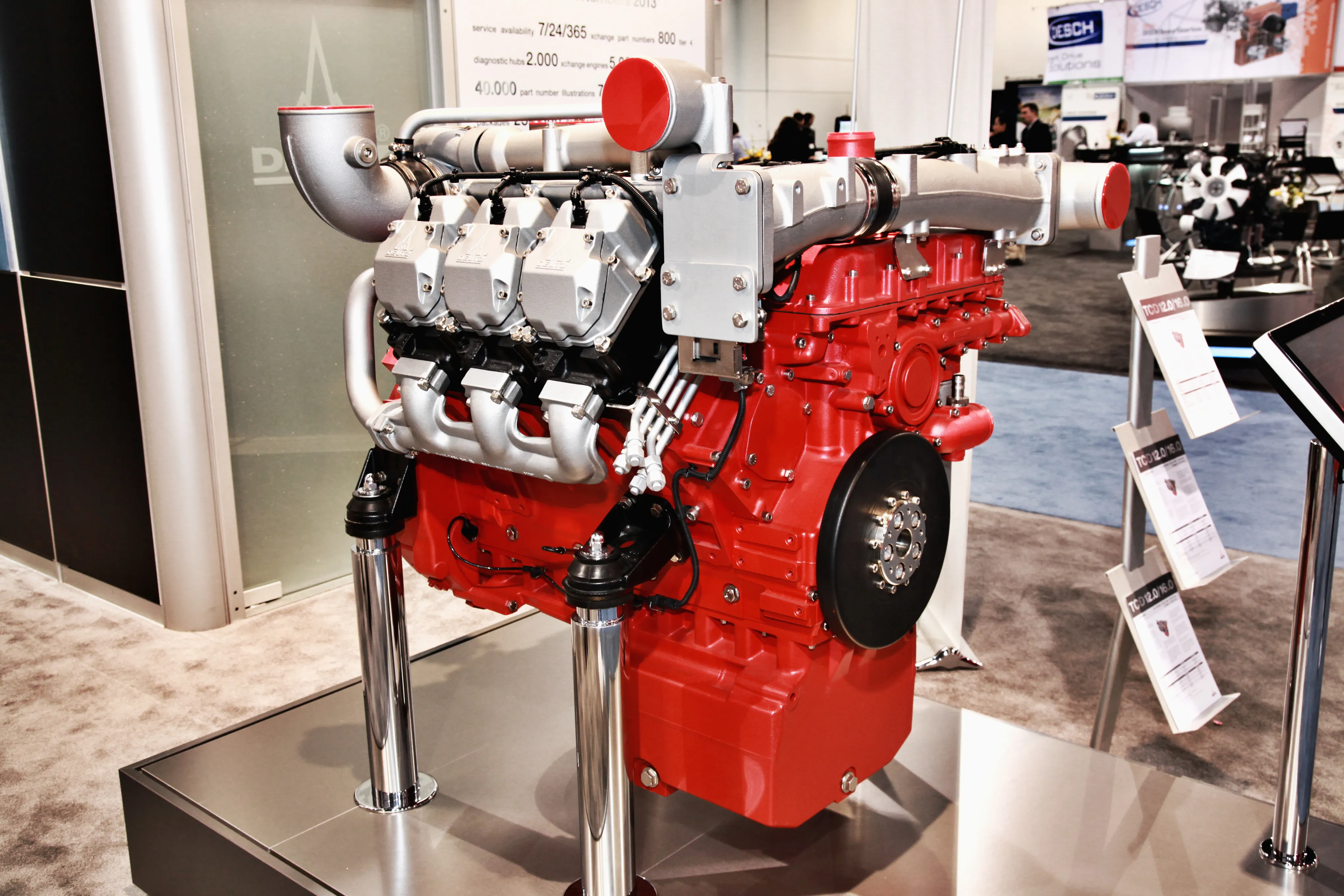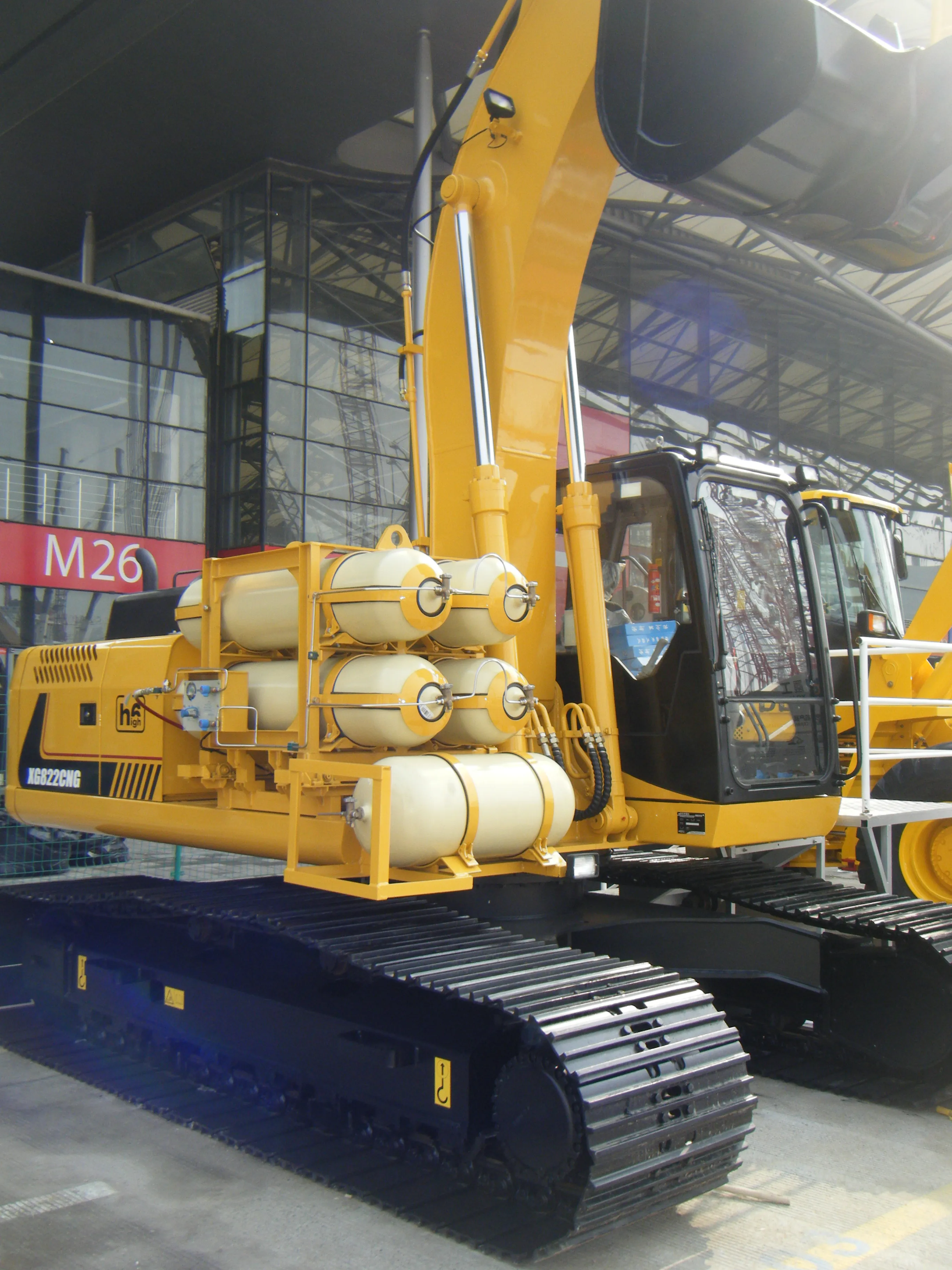BOMAG is broadening its range of milling machines in North America with the addition of its rear rotor design BM -35 series. This is the second generation of BOMAG’s milling machines and is available in three basic variants, the BM 1000 -35, 1200 -35, and 1300 -35. According to BOMAG this new range offers advances in operator comfort, precision controls and an innovative exclusive cutter system.
January 28, 2014
Read time: 2 mins

While developing these machines, Bomag worked closely with some key customers and one target of the design process was to minimise down-time that impacts on milling and can affect a contractor’s cost-effectiveness. High priority was in maximising the cutting tool life, while minimising tool replacement effort. Bomag developed its innovative BMS 15 interchangeable holder system which features a single bolt for holder retention and requires a low tightening torque. In addition the low front face position increases efficiency and overall milling power while allowing full tooth rotation. A special tempered steel material offers a significantly longer service life versus conventional cutting systems and also provides Bomag’s traditional premium quality.
Operators also requested ease of operation and the -35 models have logical operating layouts and a vibration isolated operator's stand.%$Linker:








